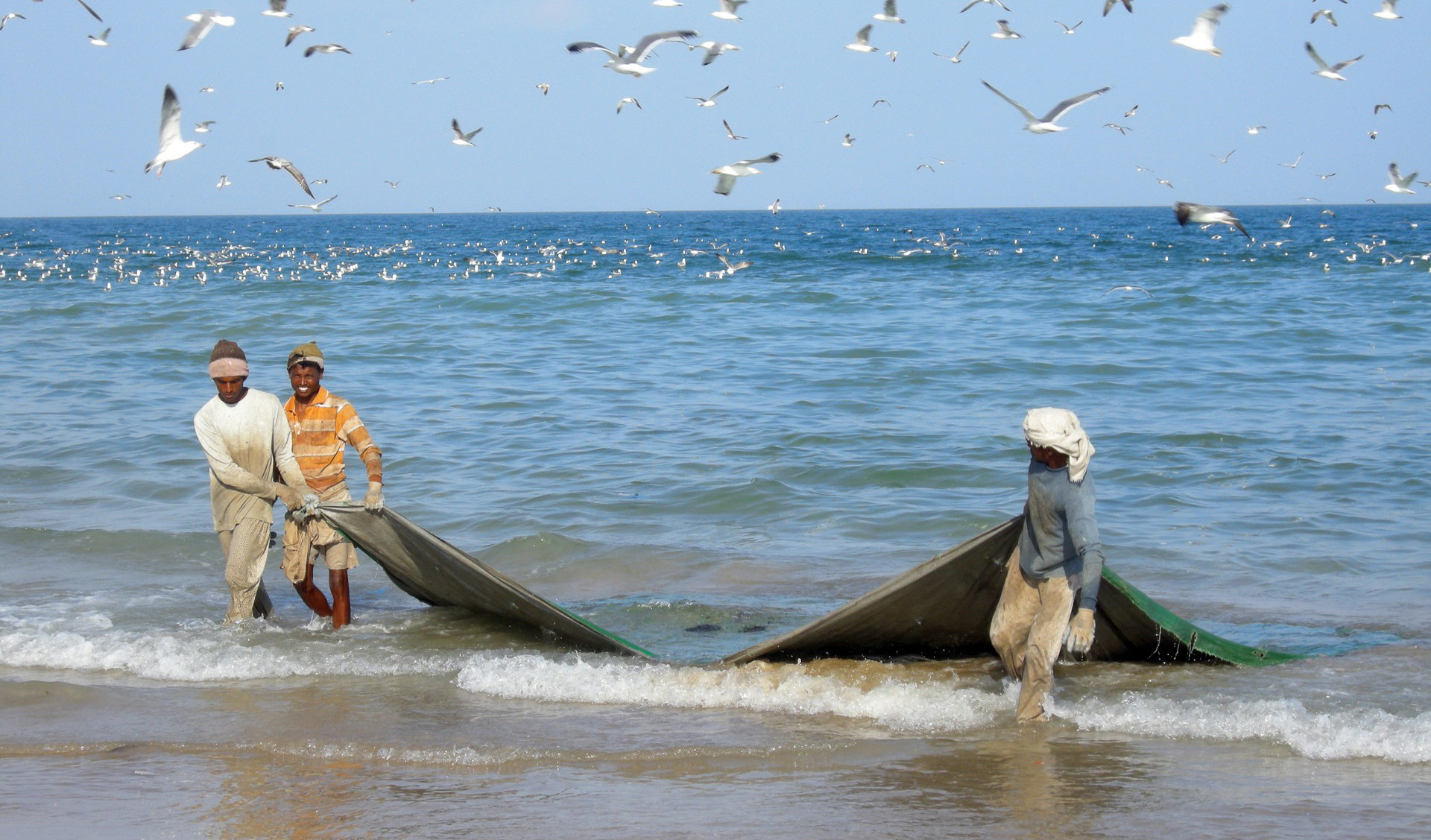
Dhow on Dubai Creek, by A.Davey / Flickr CC 2.0
The Persian Gulf, also known as the Arabian Gulf, may lose up to 12 per cent of its marine biodiversity in some areas before the end of the century if countries in the region do not take measures to address climate change.
According to scientists at the University of British Columbia and the University of Western Australia, a business-as-usual climate scenario will severely affect species richness off the coast of Saudi Arabia, Bahrain, Qatar and the United Arab Emirates (UAE) by the end of the century.

Colette Wabnitz
Some species may be able to avoid changes in environmental conditions by migrating north toward cooler waters off the coasts of Kuwait and northern Iran. “Climate-driven changes in salinity and temperature will make most of the southern Gulf unsuitable for species that are presently occurring there,” said Colette Wabnitz, lead author of the study and a Research Associate with the Changing Ocean Research Unit at UBC’s Institute for the Oceans and Fisheries. “However, the northern Gulf is surrounded by land, creating a cul de sac effect, meaning marine species will not be able to shift their distributions further poleward. Consequently, the area suitable to species currently present in the Gulf will be shrinking substantially under climate change.”
By using a method called “environmental niche modelling,” the scientists were able to identify the environmental preferences of 55 marine species – identified by local stakeholders as important from an ecological and fisheries standpoint – and project where they would go and how fisheries catches may change as water temperature and salinity increase.
Among the eight countries that comprise the Gulf, the UAE is expected to perform the worst, with a projected loss of 45 per cent of its catch potential.

Myriam Khalfallah
“This is unlikely to have major economic consequences because the UAE is not very dependent on its fisheries. The marine fishing industry generates around 0.08 per cent of its GDP,” said Myriam Khalfallah, a PhD student with the Sea Around Us research initiative at UBC. “On the other hand, Bahrain could lose almost 9 per cent of its catch potential by 2090. This is likely to significantly affect Bahraini coastal communities that rely heavily on fisheries for food and employment,” she added.
Although they looked at 55 species of the thousands that occur in the region, the researchers suggest that the general pattern of response to climate change they found is likely to be applicable to many fishes and invertebrates in the Gulf.
“Solutions to these climate impacts are two-fold,” said William Cheung, associate professor at UBC’s Institute for the Oceans and Fisheries and Principal Investigator of the study. “In the short-term, reducing other human pressures on the Gulf such as overfishing, pollution and habitat destruction improve the ability of marine species to cope with the changing climate. However, reducing warming by mitigating greenhouse gas emission is the ultimate and necessary long-term solution that needs to be done simultaneously.”
The scientists published their findings in an article titled, “Climate change impacts on marine biodiversity, fisheries and society in the Arabian Gulf.” The paper was published today in PLOS ONE.
